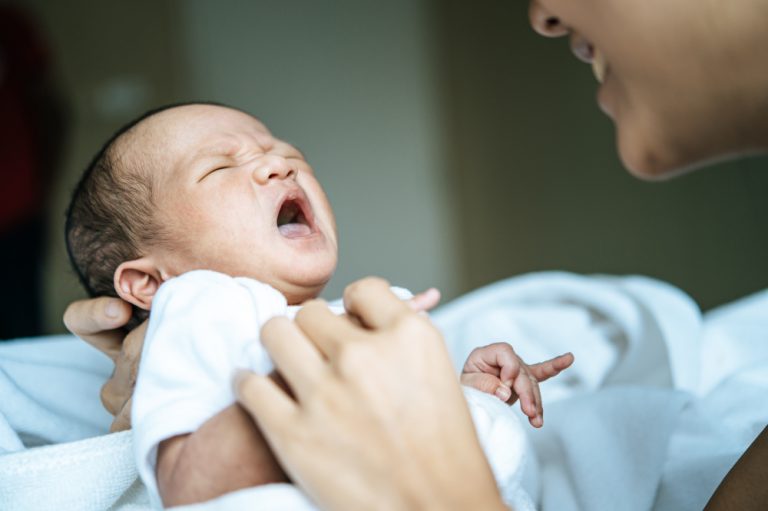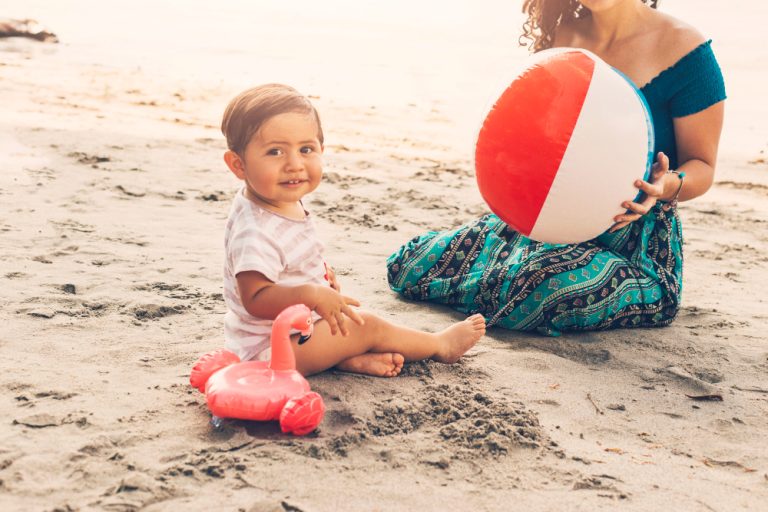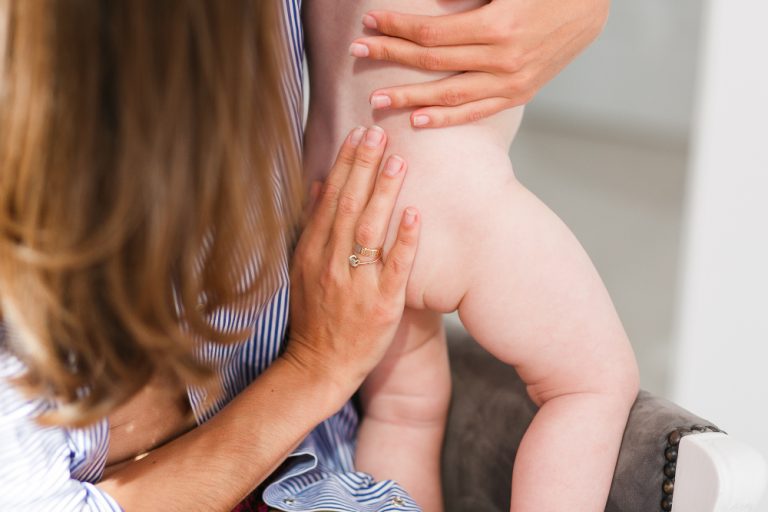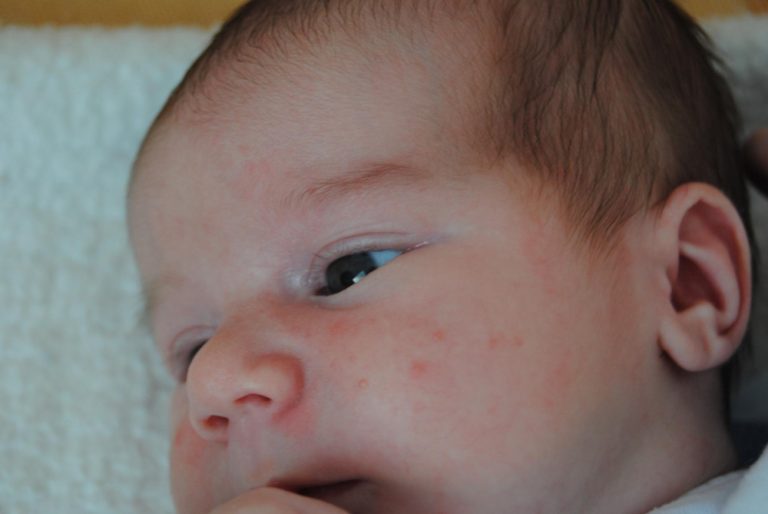How to Clean Babies Ears: Cleaning Your Baby’s Ears Safely
Are you a new parent navigating the maze of infant care and wondering how to clean babies ears? Proper ear hygiene is crucial for your little one’s well-being, and knowing the right techniques is key to ensuring a healthy hearing environment for your bundle of joy.
In this comprehensive guide, we will walk you through the step-by-step process of safely cleaning your infant’s ears, addressing common concerns such as earwax buildup and potential risks of improper cleaning. Our expert advice, backed by reliable sources, will equip you with the essential knowledge and tools needed to maintain your baby’s ear health effectively.
Join us as we delve into the importance of ear cleanliness for infants, sharing tips, do’s and don’ts, and recommended techniques for ear care that every parent should be aware of.
Prepare to become confident in handling this aspect of your baby’s hygiene routine as we explore the ins and outs of how to clean babies ears the right way.
Introduction to Cleaning Babies’ Ears

Proper ear hygiene is essential for your baby’s overall health and well-being. Keeping their ears clean can prevent potential infections and discomfort caused by excess earwax or blockages. This section will explore the importance of cleaning your baby’s ears and provide a step-by-step guide to help you do so effectively and safely.
Babies are more susceptible to earwax buildup and blockages due to the smaller size of their ear canals. As a result, it is crucial to establish a regular ear cleaning routine early on. Not only does this promote good ear health, but it also helps your baby develop healthy hearing habits from the start.
When cleaning your baby’s ears, it’s crucial to remember a few key points.
- First, use a clean washcloth rather than cotton swabs, as inserting anything into the ear canal can cause damage.
- Second, avoid using any tools or solutions not recommended by healthcare professionals.
- Third, take extra care to be gentle and ensure your baby feels comfortable throughout the process.
In the following sections, we will delve deeper into the appropriate age to start cleaning your baby’s ears and provide detailed guidelines on safe and effective techniques. Remember, maintaining proper ear hygiene is important to your baby’s overall health, so let’s explore the step-by-step process together.
When and How to Clean Babies Ears
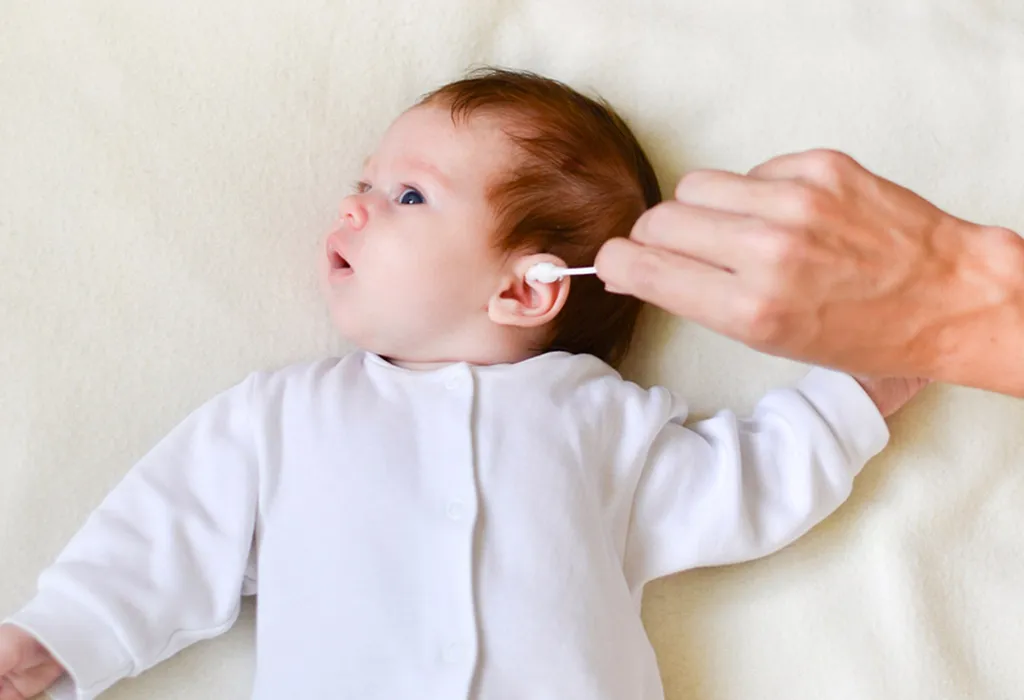
Cleaning your baby’s ears is an important aspect of their overall hygiene routine. However, it’s crucial to know the appropriate age to start and the proper way to clean their delicate ears. Here are some guidelines to help you navigate this process safely and effectively:
1. Age to Start Cleaning
- It’s generally recommended to start cleaning your baby’s ears when they are around six months old.
- By this age, their ear canals are more developed, making it easier and safer to clean.
- However, always consult with your pediatrician for personalized advice.
2. Preparing for Cleaning
- Before starting the cleaning process, gather the necessary supplies.
- You’ll need a clean washcloth, lukewarm water, and a towel.
- Ensure that your hands are thoroughly washed to maintain hygiene during the process.
3. Cleaning Technique
- To clean your baby’s ears, moisten a clean corner of the washcloth with lukewarm water.
- Gently wipe the outer part of the ear and around the ear canal.
- Avoid inserting anything into the ear canal, including cotton swabs, as it can lead to injury or earwax buildup.
4. Safety Precautions
- While cleaning, be cautious not to put excessive pressure on the baby’s ear.
- Use gentle motions and stop if your baby shows any discomfort or resistance.
- To prevent infection, it’s also important to avoid introducing excess water into the ear canal.
5. Regular Pediatrician Visits
- Regular visits to your pediatrician are essential for monitoring your baby’s ear health.
- They can provide personalized advice and address any concerns you may have about ear hygiene or the presence of earwax.
Remember, each baby is unique, and it’s important to follow your pediatrician’s guidance regarding ear cleaning. By following these guidelines and seeking professional advice when needed, you can ensure the safe and effective cleaning of your baby’s ears.
Techniques for Safely Cleaning Baby’s Ears
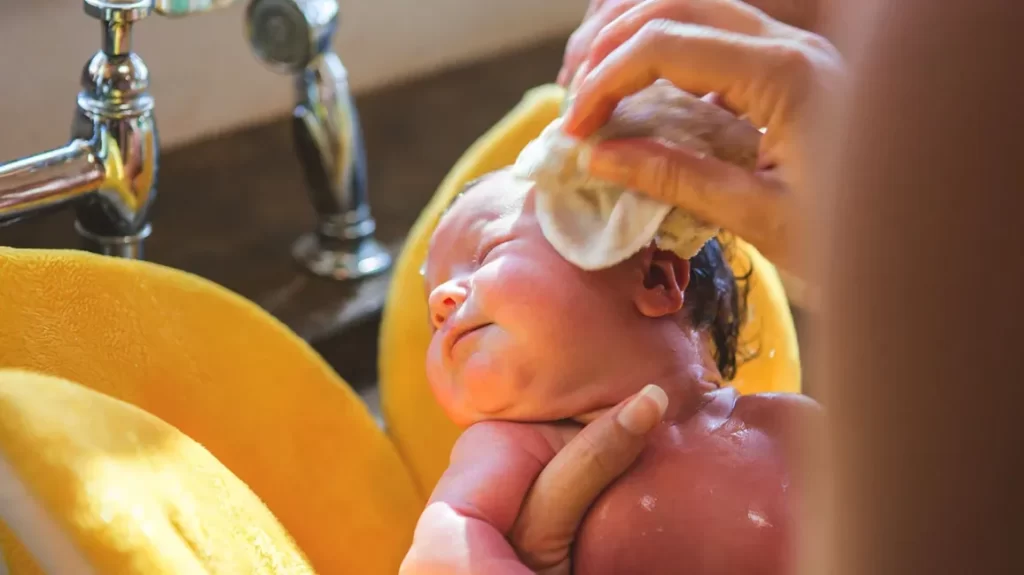
When it comes to cleaning your baby’s ears, it is crucial to prioritize safety and follow appropriate techniques. Here are some safe cleaning methods that you can employ:
Method 1: Using a Clean Washcloth
1. Begin by ensuring that both your hands and the washcloth are clean and dry.
2. Gently moisten the corner of the washcloth with lukewarm water. It is important to emphasize using only water, as soap or cleaning solutions can irritate the delicate ear canal.
3. Carefully wipe the outer portion of your baby’s ear, focusing on the area behind the earlobe and the creases. Remember to be gentle and avoid inserting the washcloth into the ear canal.
Method 2: Avoiding Cotton Swabs
1. While cotton swabs may seem like a convenient option, it is strongly advised not to use them for cleaning your baby’s ears. They can push earwax deeper into the ear canal, potentially causing blockages or damage.
2. Remember, the ear canal is a self-cleaning organ, and earwax is a natural substance that helps protect the ear. It is best to let the earwax naturally move out of the ear canal without interference.
Method 3: Seeking Professional Help
1. If you notice excessive earwax buildup or any ear-related concerns, consult a healthcare professional experienced in pediatric ear care. They can offer expert guidance tailored to your baby’s needs.
2. Medical professionals have the necessary tools and expertise to remove stubborn earwax or address any potential issues safely.
Remember, the goal of ear cleaning is to maintain overall ear hygiene and ensure the well-being of your baby’s ears. It is always crucial to exercise caution and rely on safe techniques when cleaning your baby’s ears. By following these methods, you can help prevent any potential harm and keep your baby’s ears clean and healthy.
Precautions and Dos/Don’ts for Cleaning Baby’s Ears
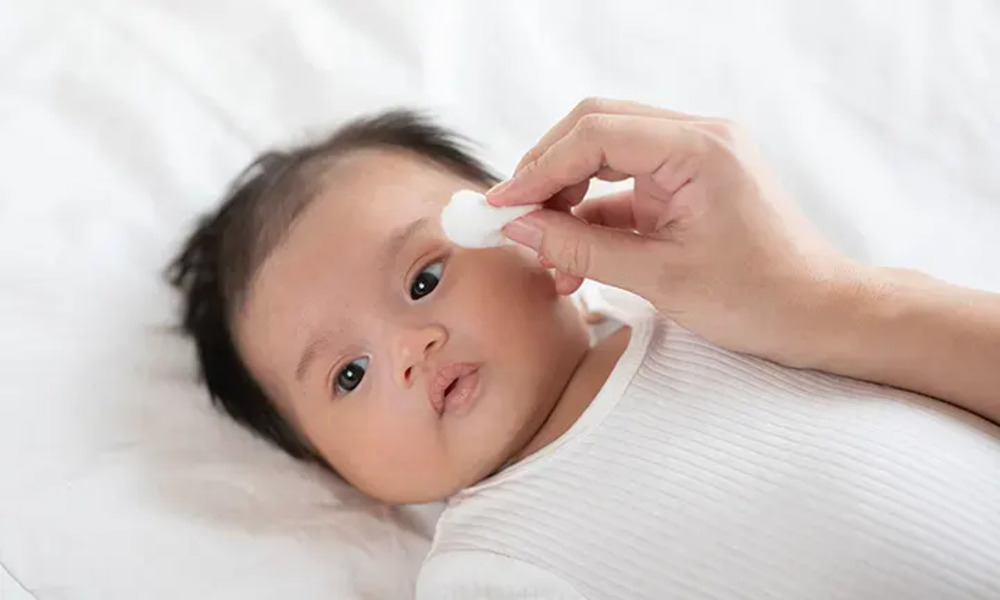
When it comes to cleaning your baby’s ears, it’s essential to exercise caution and follow certain precautions to ensure their safety. Here are some vital dos and don’ts to keep in mind:
Dos:
1. Use a clean washcloth
Gently wipe around the outer part of your baby’s ear with a clean, damp washcloth during their bath time. This helps remove dirt and excess wax without risking any harm to their delicate ear canal.
2. Maintain proper hygiene
Keep your baby’s ears clean by including their ears as part of their regular bathing routine. Use a mild, baby-safe soap to cleanse the surrounding area without inserting anything into the ear canal.
3. Consult a healthcare professional
If you notice excessive earwax buildup or suspect any ear-related issues, consult your pediatrician or a healthcare provider specialized in ear care. They can provide expert advice and guidance specific to your baby’s needs.
4. Seek professional medical advice
If earwax buildup or a blockage persists, do not attempt to remove it yourself. Seek professional medical assistance to avoid risk or injury.
Don’ts:
1. Avoid using cotton swabs
Never insert cotton swabs or any sharp objects into your baby’s ears. This can cause injury, damage the ear canal, or push the wax deeper, leading to potential complications.
2. Do not use ear candles
Ear candles are not recommended for babies or infants. They pose a significant risk of burns, and their effectiveness in removing wax is unproven.
3. Steer clear of excessive water exposure
While it’s important to clean your baby’s ears, avoid excessive water exposure inside the ear canal. A little water drip during bathing is generally fine, but prolonged or forceful water contact can lead to infections.
4. Do not attempt home remedies
It’s crucial to avoid using any home remedies or over-the-counter ear cleaning solutions without professional advice. These products carry potential risks and may cause irritation or harm to your baby’s sensitive ears.
Remember, maintaining good ear hygiene for your baby is important, but it’s equally crucial to prioritize their safety and seek professional guidance when necessary. By following these dos and don’ts, you can ensure a safe and healthy ear cleaning routine for your little one.
Addressing Earwax Buildup in Babies
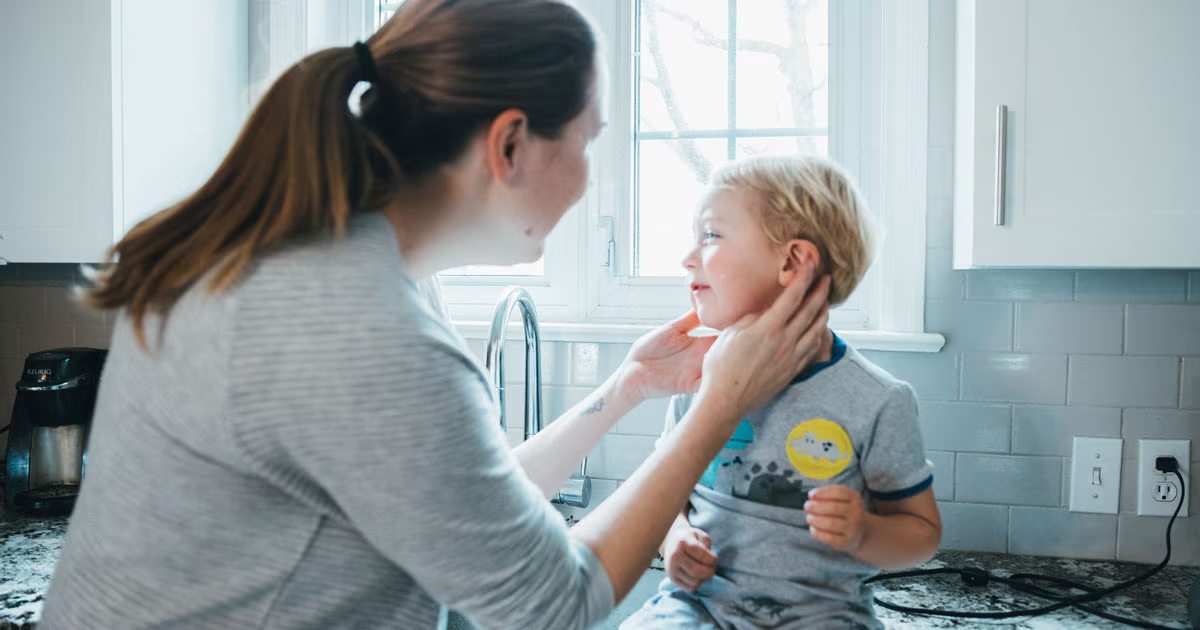
Earwax buildup is a common issue in infants and can be a cause of concern for parents. It is important to understand the role of earwax in the ear canal and how to address any excessive buildup safely.
Earwax, also known as cerumen, is a natural substance produced by glands in the ear canal. Its purpose is to protect the ear by trapping dust, small particles, and microorganisms that may enter the ear. The movement of the jaw during activities like eating and talking helps to push the earwax out of the ear naturally.
In some cases, however, earwax can accumulate and cause blockages. This can be uncomfortable for your baby and may even affect their hearing. If you suspect that your baby has excessive earwax buildup, it is crucial to consult a medical professional for guidance and safe removal.
Attempting to remove the earwax at home can be risky, as using cotton swabs or other objects can push the wax further into the ear or cause injury. A healthcare provider will have specialized tools and knowledge to safely address the issue.
Remember, earwax buildup in babies should always be evaluated by a medical professional. They will be able to assess the situation, provide appropriate advice, and ensure the proper care for your baby’s delicate ears.
Expert Advice and Recommendations: How to Clean Babies Ears

Maintaining proper ear hygiene in babies is crucial for their overall health and well-being. Here, we have compiled expert tips and recommendations from healthcare providers and trusted government sources to help you ensure your baby’s ear health.
1. Consult with a Healthcare Provider
It is essential to seek professional medical advice for any concerns regarding your baby’s ears. A regular pediatrician visit can provide valuable guidance on proper ear cleaning techniques and identify any potential health problems.
2. Avoid Cotton Swabs
Experts unanimously agree that using cotton swabs or any sharp objects inside the ear canal is not safe for babies. The delicate parts of the ear can easily be injured, and there is a risk of pushing the earwax deeper.
3. Utilize a Clean Washcloth
A simple wipe-down of your baby’s ears with a clean, damp washcloth during bath time can help remove grime and prevent earwax buildup. Make sure to clean the area of the cloth used for the baby’s ear to avoid cross-contamination.
4. Maintain a Good Hygiene Routine
Regularly bathing your baby can contribute to overall cleanliness, including their ears. Use a dedicated article on how to clean your baby’s face, which includes gentle cleaning techniques for the ears.
5. Seek Professional Help for Earwax Removal
If you notice a greater buildup of earwax or suspect an obstruction, it is advisable to consult a healthcare professional for safe removal. They have the expertise and specialized tools to address the issue without causing harm.
Remember, the recommendations provided here are general guidelines. Each baby is unique, and it is important to consult healthcare providers for personalized advice based on your baby’s specific needs. Additionally, government sources and resources can serve as valuable references for maintaining proper ear hygiene.
By following these expert tips and recommendations, you can prioritize your baby’s ear health and contribute to their overall hearing well-being.
Additional Tips for Cleaner Ears

Here are some additional tips and suggestions to help you maintain cleaner ears for your baby:
1. Regular Baths
- Ear cleaning can help prevent earwax buildup by being included in your baby’s regular bathing routine.
- Use a washcloth or a clean cloth to gently wipe around the outside of the ears, being careful not to insert anything into the ear canal.
2. Proper Water Temperature
- Ensure the water temperature during your baby’s bath is lukewarm, around 98 to 100 degrees Fahrenheit.
- Extremely hot temperatures can cause discomfort and potentially harm delicate ear structures.
3. Use Baby-Safe Tools
- When cleaning the outer part of the ears, opt for baby-safe tools such as clean washcloths or baby wipes.
- These tools provide a gentle cleaning technique without posing a risk of injury to your baby’s ear canal.
4. Avoid Cotton Swabs
- Cotton swabs or any other objects should never be inserted into your baby’s ear canal.
- They can push the earwax further into the canal, leading to blockages or potential damage to the eardrum.
Remember, while it’s important to keep your baby’s ears clean, avoiding over-cleaning or using harsh chemicals is equally crucial. If you have any concerns or your baby experiences earwax buildup or other ear-related issues, it’s always a good idea to seek professional medical advice or consult your pediatrician.
By implementing these additional tips, you can contribute to your baby’s overall ear health and well-being.
The Final Note: How to Clean Babies Ears
In conclusion, proper ear hygiene is crucial for maintaining the overall health and well-being of your baby. By following the step-by-step process of cleaning your baby’s ears, you can ensure a safe and healthy hearing environment.
Here’s a recap of the key points discussed throughout this guide:
1. Start at the right age
It is generally recommended to start cleaning your baby’s ears once the earwax becomes noticeable or if there are signs of blockage or discomfort.
2. Avoid cotton swabs
Cotton swabs can cause damage to the delicate ear canal and push the wax further inside. Instead, opt for a clean washcloth or cloth to gently clean around the outer ear.
3. Follow a gentle cleaning technique
Use a wet washcloth, wrung out to remove excess water, to wipe away any visible dirt or grime around the ear. Be sure to clean only the outer part of the ear and avoid inserting anything inside the ear canal.
4. Consult a medical professional
If you notice excessive earwax buildup or any concerns with your baby’s ears, seeking advice from a healthcare provider is important. They can provide guidance on safe removal methods or address any potential health problems.
When it comes to maintaining proper ear hygiene in your baby, many parents wonder about the best practices for cleaning their baby’s ears. It’s important to approach this task with care to ensure the safety and well-being of your little one. Always consult a professional for specific advice regarding how to clean babies ears, and refer to reputable sources for additional information.
Remember that proper ear hygiene is essential for your baby’s hearing health and overall well-being. Incorporating gentle and safe cleaning practices into your baby’s daily routine can help ensure that their ears stay healthy and free from unwanted blockages.


